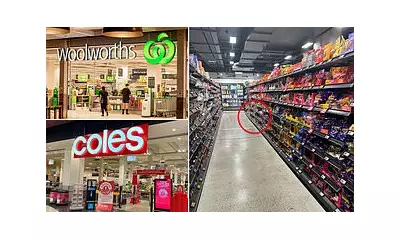
Millions of private renters across Britain are living in hazardous conditions with little legal protection, while social housing tenants benefit from significantly stronger safeguards, according to a damning new investigation.
The Great Divide in Rental Protection
A stark contrast exists between the regulatory frameworks governing social housing versus the private rental sector. Social landlords face rigorous oversight and accountability measures that simply don't apply to most private landlords, creating a two-tier system that leaves vulnerable tenants exposed.
Dangerous Living Conditions Becoming Normalised
From severe damp and mould to electrical hazards and structural problems, private tenants report living in properties that would never meet the standards required of social housing providers. Many feel trapped in substandard accommodation due to the ongoing housing shortage and soaring rental costs.
The Regulatory Gap Exposed
While social housing providers must adhere to strict consumer standards and face regular inspections, private landlords operate in a regulatory environment described by campaigners as "wildly inconsistent" and "fundamentally inadequate."
Tenant Voices: Stories from the Frontline
"I've been complaining about black mould in my child's bedroom for over a year," says Sarah, a private tenant from Manchester. "My landlord keeps promising fixes that never materialise, but with rental prices what they are, I've got nowhere else to go."
The Path Forward: Calls for Reform
Housing advocates are demanding urgent government action to close the protection gap, including mandatory licensing for all landlords, stronger enforcement powers for local authorities, and the introduction of a national landlord register.
The growing crisis highlights an urgent need for comprehensive rental reform to ensure every tenant, regardless of their housing tenure, can live in safe, decent accommodation without fear of retaliation from their landlord.





